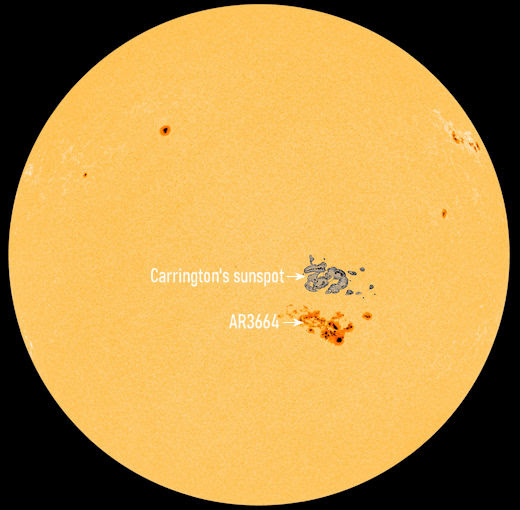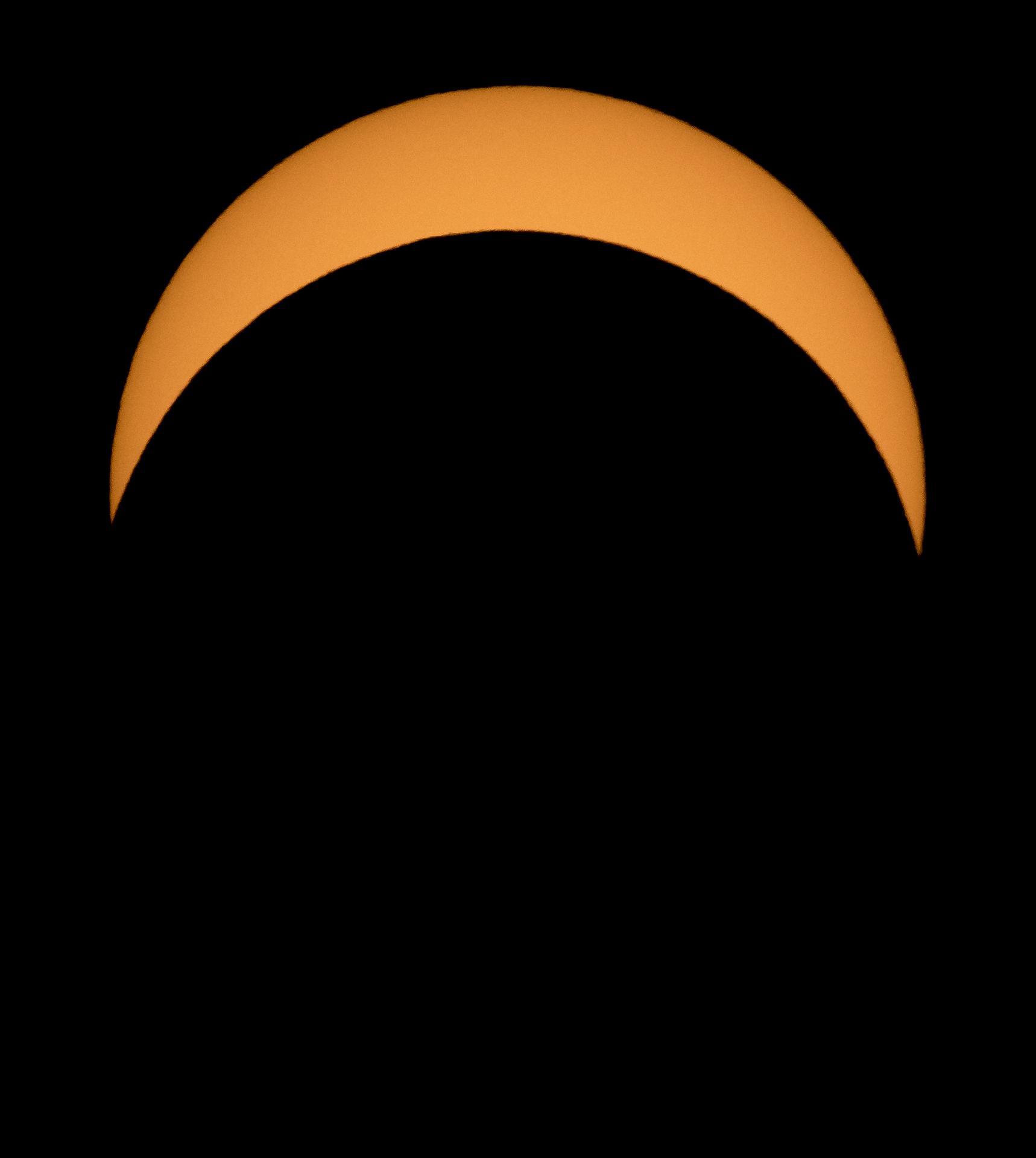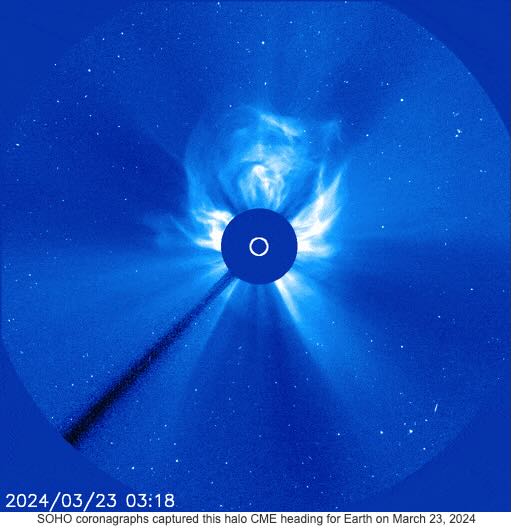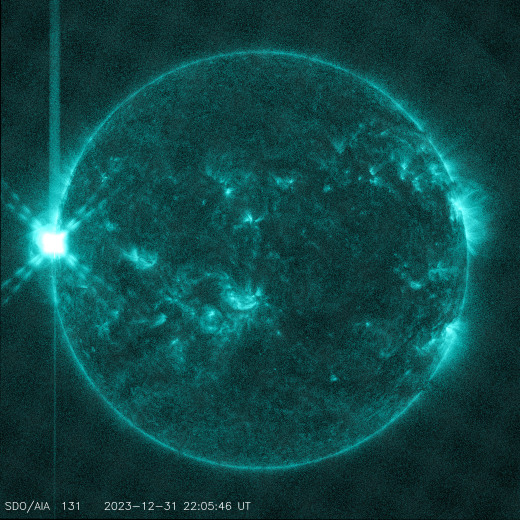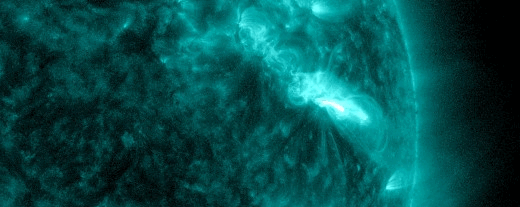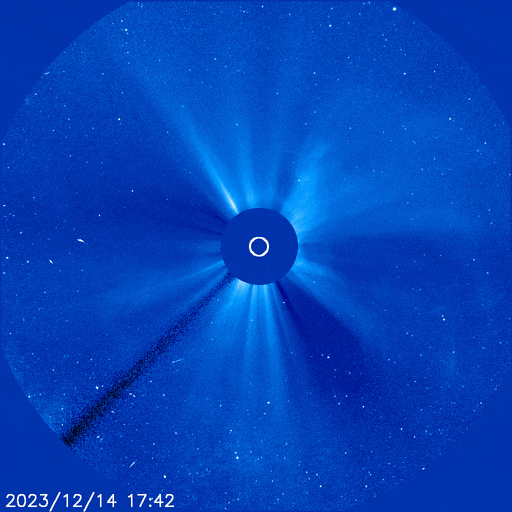Many thanks to SWLing Post contributor, Bill Meara who shares the following article from the SolderSmoke Podcast:
 Yesterday’s Washington Post had a good story about large solar storms. We are all aware of the Carrington Event (September 1859) but there were others. The Japanese painting above depicts an event of February 4, 1872.
Yesterday’s Washington Post had a good story about large solar storms. We are all aware of the Carrington Event (September 1859) but there were others. The Japanese painting above depicts an event of February 4, 1872.
From the Washington Post article:
Around 11:30 p.m. on Feb. 4, 1872, the sky above Jacobabad suddenly brightened, as if a portal to heaven had opened. A passerby watched in amazement and terror, while a pet dog became motionless, then trembled. The godly glow morphed, from red to bright blue to deep violet, until morning.
Electric communication cables mysteriously glitched in the Mediterranean, around Lisbon and Gibraltar, London and India. Confused telegraph operators in Cairo reported issues in sending messages to Khartoum. One incoming message asked what was the big red glow on the horizon — a fire or a faraway explosion?
This of course reminded me of the event that I witnessed as a teenager in New York in 1972:
https://soldersmoke.blogspot.com/2009/09/carrington-flares-aurora-where-were-you.html
That post has resulted in a steady stream of comments, mostly from non-hams. Apparently people remember seeing the event, then search the web for clues as to what it was. Google brings them to that post on the SolderSmoke Daily News. The comments are usually along the lines of, “Wow! I saw it too!” Very cool.
Check out this article, the full SolderSmoke podcast, and much more on the SolderSmoke website!

